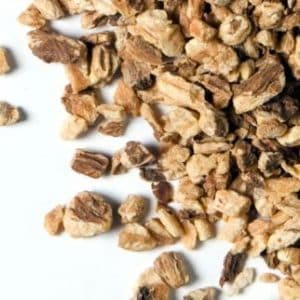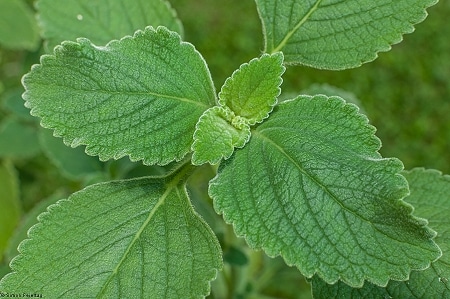Common Names
Alexandrian Senna, Tinnevelly Senna, India/Indian Senna, Khartoum Senna, Shower Tree, Monkey Pod Tree, Ringworm Cassia, Purging Cassia, Candle Tree
There are over 400 species of Cassia. Most are indigenous to North, Central, and South America, and Africa; but it is now found in tropical and subtropical regions of all continents, except Europe. Some are native to South Asia, particularly India and Ceylon, and now widely cultivated in the tropics, as well as being an ornamental tree in southern Florida, the West Indies, and Central and South America. Senna is grown from seed and requires plenty of sun.
All ancient cultures, including the Aztecs, Asians, and Africans have used infusions of the Cassia species as a laxative. It is still an ingredient in several over-the-counter laxatives.
The first records show the herb being used medicinally by Arabian physicians in the 9th century CE, and has always been used for constipation.
The Mesquakies ate the seeds, softened by soaking, as a mucilaginous medicine for sore throat. The Cherokees used the bruised root, moistened with water, for dressing sores. They also used it in a tea to cure fevers with black spots and paralysis as symptoms.
Its name of Ringworm Cassia was given because a leaf extract is used to combat that fungal infection, especially in Malaysia.
Senna was given the name of Purging Cassia in Europe during the Middle Ages because it was used at that time in an Italian medical school as a purgative.
Key Actions
Key Components




